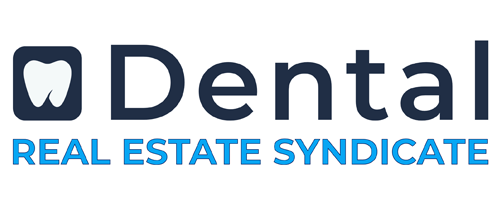In the realm of commercial real estate leasing, both tenants and landlords grapple with the decision between prioritizing security and flexibility. This choice significantly influences operational strategies, financial planning, and growth potential for businesses, as well as the profitability and management ease for property owners. This article will dissect the advantages and drawbacks of each approach, providing insights to help both parties make well-informed decisions tailored to their unique circumstances.
The Tenant’s Perspective: Security vs. Flexibility
- Security: The Long-Term Lease Advantage
- Pros:
- Stable Costs: Long-term leases lock in rental rates, protecting tenants from market volatility and inflation.
- Established Location: Crucial for retail and service-oriented businesses, a stable location fosters customer loyalty and brand recognition.
- Negotiation Leverage: Longer commitments often give tenants leverage to negotiate favorable lease terms, including improvements and concessions.
- Cons:
- Reduced Adaptability: Long-term commitments can restrict a business’s ability to respond to market changes or growth needs.
- Exit Challenges: Breaking a lease can be costly, involving substantial penalties or legal fees if business needs change.
- Flexibility: The Short-Term Lease Appeal
- Pros:
- Market Responsiveness: Short-term leases allow businesses to adapt quickly to industry or economic shifts, providing an opportunity to relocate or resize as needed.
- Lower Risk: With shorter commitment periods, businesses can test new markets or locations without the long-term financial burden.
- Cons:
- Uncertain Costs: Frequent renewals can expose tenants to periodic rent increases, making financial forecasting more challenging.
- Lack of Stability: Continual adjustments in leasing arrangements may disrupt operations and deter customer retention.
The Landlord’s Perspective: Balancing Security and Flexibility
- Security: Long-Term Leasing Strategies
- Pros:
- Predictable Revenue: Long-term leases ensure a steady income stream, facilitating better financial planning and investment.
- Reduced Turnover Costs: Minimizing tenant turnover reduces vacancy periods and the costs associated with marketing and tenant improvements.
- Cons:
- Missed Opportunities: Fixed rental rates in long-term leases can prevent landlords from capitalizing on market upswings.
- Tenant Rigidity: Long-term tenants may demand more concessions or enhancements as a part of lease negotiations.
- Flexibility: Embracing Short-Term Leasing
- Pros:
- Dynamic Pricing: More frequent lease turnovers allow landlords to adjust rental rates based on current market conditions, potentially increasing revenue.
- Tenant Diversity: Short-term leases make it easier to alter the tenant mix, enhancing the property’s appeal and potentially increasing its value.
- Cons:
- Higher Vacancy Rates: Frequent tenant changes can lead to increased vacancy rates, particularly in a slow market.
- Operational Demands: Managing a property with high turnover requires more administrative effort and resources, potentially increasing operational costs.
Making the Right Choice: Security or Flexibility?
Factors to Consider:
- Market Conditions: Understanding current and projected market trends can guide whether to lock in rates now or keep options open for future adjustments.
- Business/Property Goals: Align lease strategies with long-term business goals or property management plans. Businesses planning rapid growth may prefer flexibility, while those established in stable industries may prioritize security.
- Financial Health: Evaluate the financial stability and growth trajectory of the tenant or the profitability outlook for the property to determine the risk level associated with different lease lengths.
Conclusion
Whether security or flexibility is more advantageous in commercial property leasing depends on a myriad of factors, including business models, market conditions, and individual preferences of tenants and landlords. Tenants must assess how lease terms align with their operational and financial strategies, while landlords should consider how different lease lengths affect their property management and investment goals. By thoroughly evaluating these factors, both parties can forge lease agreements that support robust business practices and solid investment returns.

